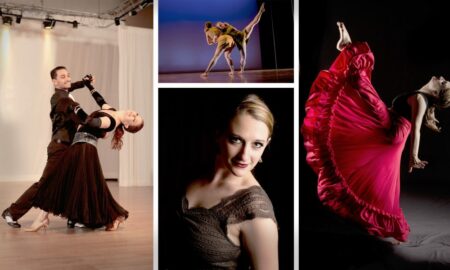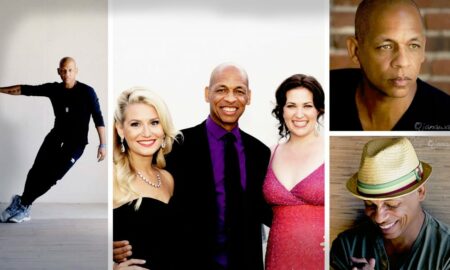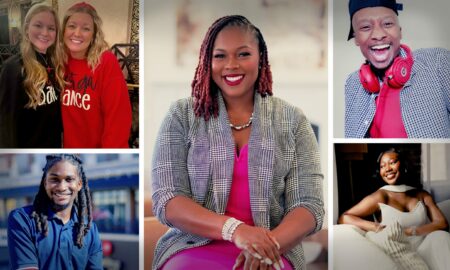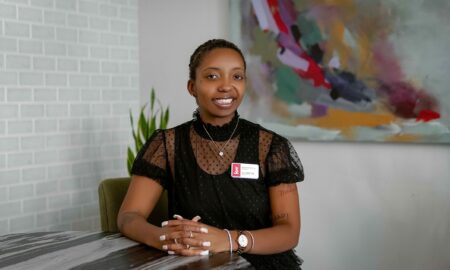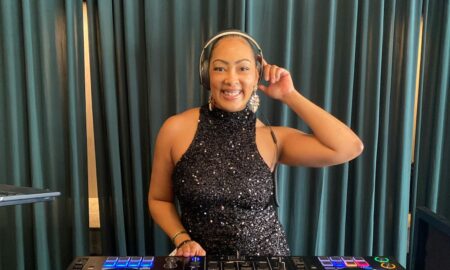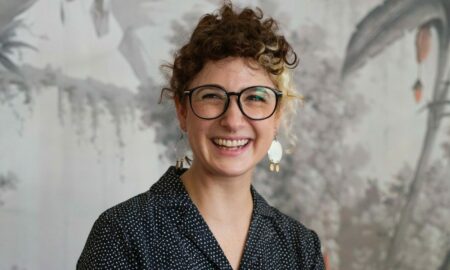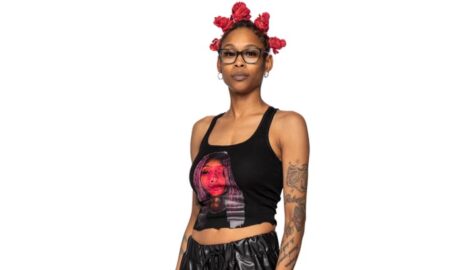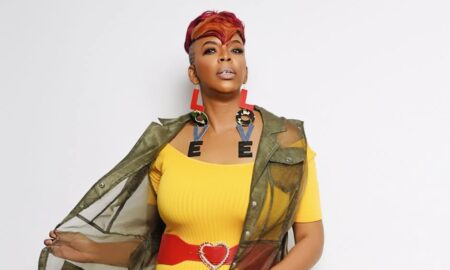 Today we’d like to introduce you to Melody Croft.
Today we’d like to introduce you to Melody Croft.
Melody, can you briefly walk us through your story – how you started and how you got to where you are today.
Since childhood, I have drawn but never thought of myself as an artist until 1993. About this time I was reading a number of self-help books, one of which recommended watercolor painting as good therapy for self-esteem. Well, I thought since I could draw, maybe I should try it: what could I lose? So I bought a watercolor book and the necessary supplies and began teaching myself the medium; I kept at it, improving slowly.
Gloria Steinham, the author of that self-help book, A Revolution From Within, would be proud to know that learning to watercolor did help me: in fact, I found myself. I would have loved to drop everything and enroll in an art school, but I had to continue my career as an elementary school teacher since my family seemed to enjoy the necessities of life.
Since 1993, I have read, observed, enrolled in a few classes, and painted whenever time permitted. In 2001, someone suggested that I try my hand at oil painting, so I did, and I’ve been painting in oils pretty much exclusively ever since.
In 2009, I retired from teaching and became a full-time artist. It’s strange being “fifty-something” and starting again when society views people my age as “long in tooth” and “past one’s prime.” Placing the watercolor brush into the well of paint in 1993, however, was the birth of me as an artist. So I consider my artist self to be a mere “twenty-something,” which I say tongue-in-cheek; however, upon reflection, my growth as an artist does resemble that of growing from a child into an adult.
For the first eleven years of my “artist self,” I painted what interested me, mostly still lifes and portraits, but in 2004, a visit to an exhibit at The Georgia Museum of Art entitled “Coming Home: American Paintings from 1930-1950” motivated and focused my artistic style and voice. On the walls of the museum hung beautiful rich oils that spoke to the social and cultural issues of that era by portraying the daily lives of ordinary people.
These narrative representational paintings, especially the work of the Social Realist, Ben Shahn, captivated me and impacted my artistic sensibility. I had no epiphany that evening but rather a realization that I wanted my work to move beyond depictions of objects and people and toward narrative work that connected with human emotions.
Since 2004, my paintings have focused on people and their stories. I’m very fortunate and grateful to have had many opportunities to exhibit my work regionally and nationally and also to be published in a few magazines and books. I look forward to many more years of artistry. Thank you for the opportunity to share my story.
We’re always bombarded by how great it is to pursue your passion, etc – but we’ve spoken with enough people to know that it’s not always easy. Overall, would you say things have been easy for you?
Self-promotion is the widest and deepest impediment for me. Being a self-conscious person, I find that component of the business side of art a grueling experience that goes against the tenet of humility that has been instilled in me all my life.
Two other major furrows, which I don’t consider obstacles, although many in the artistic community may take issue with, are my age and art education: let’s face it, I am a self-taught woman artist in her fifties. I consider these two aspects to be assets in my creativity.
Fortunately, I have had creative professionals who agree with me and consider my age to have provided me with vast experiences that have developed a deepened cultural awareness and a broadened perception of beauty. In regard to my training, being self-taught definitely allows me to approach art differently. One critic stated that my work “conveys a coherent sense of unity that rejects any conventional classifications.”
All the other potholes that keep my journey bumpy are probably the same for most artists.
We’d love to hear more about your work.
My artistic practice aims to create vibrant paintings of everyday people and look inside of what appears to be seen.
The common thread in all my work is life, the life I live and the life I observe others leading. My personal experiences and humanistic worldview guide the narrative of my painting. Therefore, unlike the lens of a camera that objectively documents a moment in time and space, my lens subjectively observes. My paintings examine the status quo and social norms of modern life. I paint untraditional, realistic narratives that communicate experiences wherein the real and imagined converge and invite viewers to look and consider the psychological, sociological, or emotional complexities of race, gender, age, and culture.
My portraits begin with someone I have seen whose appearance, character, situation, or personality interests me and then slowly transform into narratives. Sometimes I weave poetry within the portrait to illuminate the individual’s essence as a way of introduction for the viewer. Using newspaper and magazine print, I hope that the various colors, sizes, and fonts of each letter add to the visual impact of the overall painting. The words formed by these letters provide a means to connect emotionally and intellectually to the individual in the painting.
I attribute my style to the hundreds of young children I have been associated with for the last 30 years in my former profession as a teacher. The daily interactions with the children and most importantly, the moment-by-moment immersion into their concrete thinking rests on my canvases via simplistic lines, shapes, values, and textures in bright colors.
I am most proud of knowing who I am as an artist and creating work that promotes thinking and discussion about life. I look forward to what life has to offer me and, in return, what I can offer it.
What were you like growing up?
I am the youngest of five children and the only girl. My brothers are much older than me and therefore were not my playmates. I played some with the neighborhood kids, but I was pretty much on my own most of the time. Perhaps being very shy reinforced this solitude. We lived in a very small town in the Midwest, so I was free to ride my bike or walk around town on my own.
My parents were supportive of their children’s interests and talents. One of my brothers loved drawing while I enjoyed artwork and music, so my parents emphasized art with my brother and music with me. In seventh grade, though, I stopped doing artwork and focused more on music. Throughout junior and senior high, I sang and played the guitar in church and participated in chorus and band at school. I began my first quarter of college as a music major but then changed to sociology. In my sophomore year, I changed my major again, this time to early childhood education.
I never considered myself artistic: I used my drawing ability every once in awhile for school projects and later as a teacher. Fortunately for me, searching for myself by reading self-help books turned out to really work.
Contact Info:
- Website: melodycroft.com
- Email: themelodycroft@gmail.com
- Instagram: croftmelody
- Facebook: Openair-gallery @thebestmelodyever
- Other: Tumblr @thebestmelodyever








Getting in touch: VoyageATL is built on recommendations from the community; it’s how we uncover hidden gems, so if you know someone who deserves recognition please let us know here.


